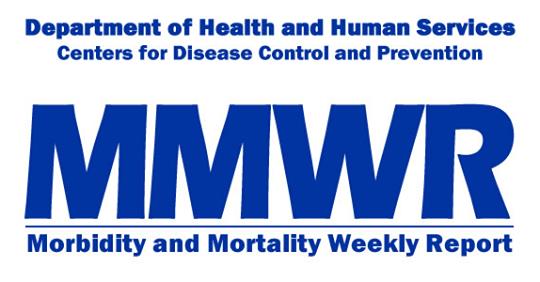MMWR Article: Racial/Ethnic and Age Group Differences in Opioid Involved Overdose Deaths Among Adults

Today, the Office of the Assistant Secretary for Health and the Centers for Disease Control and Prevention released a new Morbidity and Mortality Weekly Report (MMWR) article highlighting differences in U.S. opioid death rates by demographic and geographic characteristics.
Following is a brief summary of the article, “Racial/Ethnic and Age Group Differences in Opioid and Synthetic Opioid–Involved Overdose Deaths Among Adults Aged ≥18 Years in Metropolitan Areas — United States, 2015–2017,” which was written by Kumiko M. Lippold, PhD; CAPT Christopher M. Jones, PharmD; Emily O’Malley Olsen, PhD; and ADM Brett P. Giroir, MD.
We also encourage you to read the full report, as the opioid crisis affects us all.
Summary
What is already known about this topic?
Opioid-involved overdose death rates in the United States differ by demographic and geographic characteristics. Illicitly manufactured fentanyl and fentanyl analogs have fueled recent increases in opioid-involved overdose deaths. In 2017, synthetic opioids were involved in nearly 60% of opioid-involved overdose deaths; however, the level of involvement by racial/ethnic age groups in metropolitan areas has not been explored.
What is added by this report?
From 2015 to 2017, nearly all racial/ethnic groups and age groups experienced significant increases in opioid-involved and synthetic opioid–involved overdose death rates, particularly blacks aged 45–54 years (from 19.3 to 41.9 per 100,000) and 55–64 years (from 21.8 to 42.7) in large central metro areas. The increased involvement of synthetic opioids in overdose deaths is changing the demographics of the opioid overdose epidemic.
What are the implications for public health practice?
Culturally competent interventions are needed to target populations at risk; these interventions include increasing awareness about synthetic opioids in the drug supply and expanding evidence-based interventions, such as naloxone distribution and medication-assisted treatment.